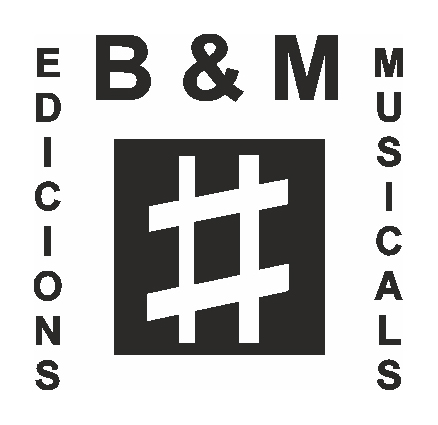Description
Author
Format
Instrumentation
Duration
Pages
Year of composition
ISMN
Ref.
This piece is divided in four movements, which are paired (2 and 2) with only one interruption. The Adagio elegiaco is a short movement with an introductory character. The intense low register of the viola in the first theme contrasts with the second theme, which is more peaceful and contemplative in the high register. A last idea, a sort of a coda, brings the music back down to the initial low register. Without pause, the racing vivacious second movement follows in ternary rhythm with a persistent idea of repeated notes. In ternary form (A-B-A), the central part develops the first theme of the first movement, and presents a new theme with continual meter changes. After a reduced reexposition, a bright, highly virtuoso coda follows. The Lento espressivo is an agitated movement, charged with emotion and tension. The harmonics of the central part give an appropriate cold contrast in the midst of the great intensity of the movement. The Cadenza follows without interruption, acting as a bridge between the last two movements. Its beginning is quiet and meditative, but in the middle the Allegro is introduced with its own main themes, which totally changes the character of the music and precipitates the entrance of the orchestra. The last movement is essentially rhythmic and energetic. The multiple accents in the weak parts create the sensation of many irregular bars despite the fact that the whole movement is written in simple time signatures. The second theme comes from the first movement, and at the end of the work the main theme of the third movement is combined with elements taken from the entire movement.



















There are no reviews yet.